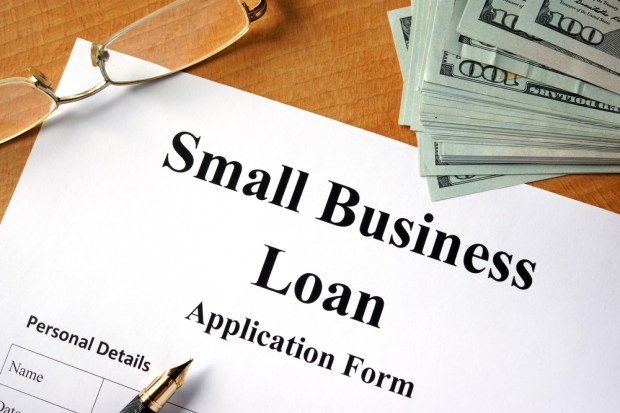The Economy Is Strong — But Borrowing Isn’t Booming As Expected

While 2017 was supposed to be a banner year for financial institutions, loan growth at banks is slowing in a way that banks can’t quite explain.
The rate of 12-month loan growth at U.S. banks during Q3 fell to its lowest level since the end of 2013, according to data released last week by the Federal Deposit Insurance Corp. All in all, that is the sixth consecutive quarter of declining loan growth.
That decline is notable across all four major lending categories the FDIC watches — with the growth rate for business lending hitting a particularly deep trough and finding its lowest level since the first quarter of 2011.
Loan balances are still growing, but slower than expected — and in a manner that is apparently flummoxing bankers, according to The Wall Street Journal, who have spent much of the year anticipating a pick-up that never came. A particularly puzzling outcome, given that the U.S. economy looks otherwise strong at present. Unemployment is low, GDP came in at 3 percent during Q3 and business investment is on the upswing.
But, slow loan growth and low interest rates are taking a bite out of banks’ action — despite a year of surging stock prices pushed by a surprise Republican electoral rout last year, hopes of a tax code reboot and an economy that is showing greater signs of strength.
“There was such enthusiasm coming out of the election,” said Gerard Cuddy, CEO of Beneficial Bancorp Inc., a community lender in Philadelphia. “I think reality is setting in.”
The unanswered question that accompanies the tepid growth in lending rates: What will 2018 look like for these financial institutions, given that long-term interest rates aren’t much moving these days (though short term rates are rising)? The difference between 10-year and two-year U.S. Treasury debt, a rough proxy for bank profitability, is around 0.6 percentage point, its lowest level in a decade.
According to Christopher Marinac, director of research at investment banking boutique FIG Partner, the one-two punch of slow-growing loan balances and a narrow interest rate spread is a tougher road to hoe when it comes to increasing net interest income.
“The plane used to be flying at 30,000 feet; now it’s at 10,000. There are many banks that are concerned about how much they can grow the loan book in 2018.”
And the problem seems to be affecting players at every size. At JPMorgan Chase & Co. and Bank of America Corp., total loans grew 3 percent from a year earlier. Citigroup, Inc. posted growth of 2 percent, while total loans at Wells Fargo & Co. fell 1 percent. Among the medium, small and regional players, the picture was similar — BB&T’s total loans in the third quarter were roughly flat compared with a year earlier.
Business lending is of strongest concern — Q3 saw the 12-month growth rate for business loans fall to 2.48 percent from 2.79 percent the prior quarter, and 7.67 percent at the same time last year. Federal Reserve data manages to make that picture look even starker — according to their figures, commercial and industrial loans, or business lending, in early November were up less than 1 percent from a year prior. That would make 2017 very likely the worst year for business loan growth since 2010, when the economy was fighting its way out of a financial crisis (brought on by bank-backed lending).
Why is this happening? Uncertainty remains the favored answer, as legislators can’t seem to get over the finish line on healthcare, tax reform and a host of other issues. But those issues will fade, according to M&T Bank Corp Chief Financial Officer Darren King.
“Business owners are eventually going to get to the point where they say, ‘I can’t wait to find out what is going to happen in Washington,’” he said.
But even taking that as a given, “that doesn’t mean I think we’re going back to 2015 or 2016 levels” of loan growth, King added.
